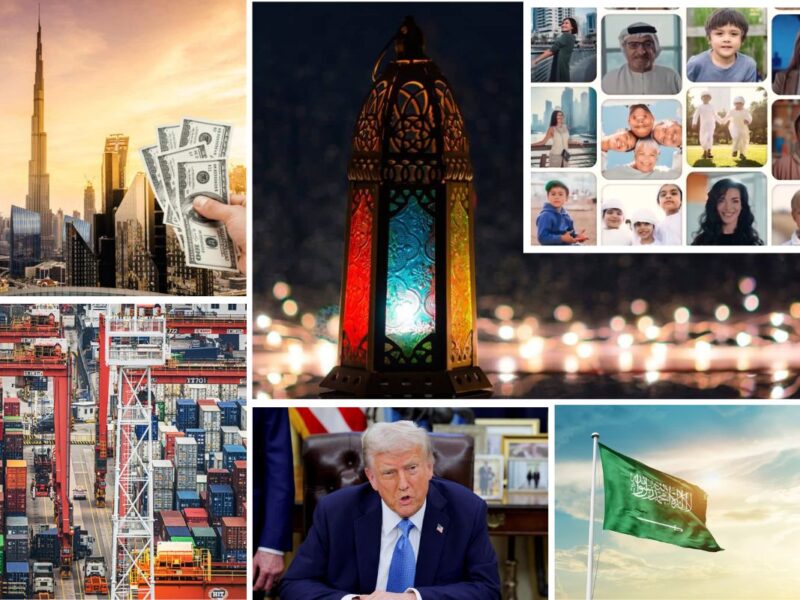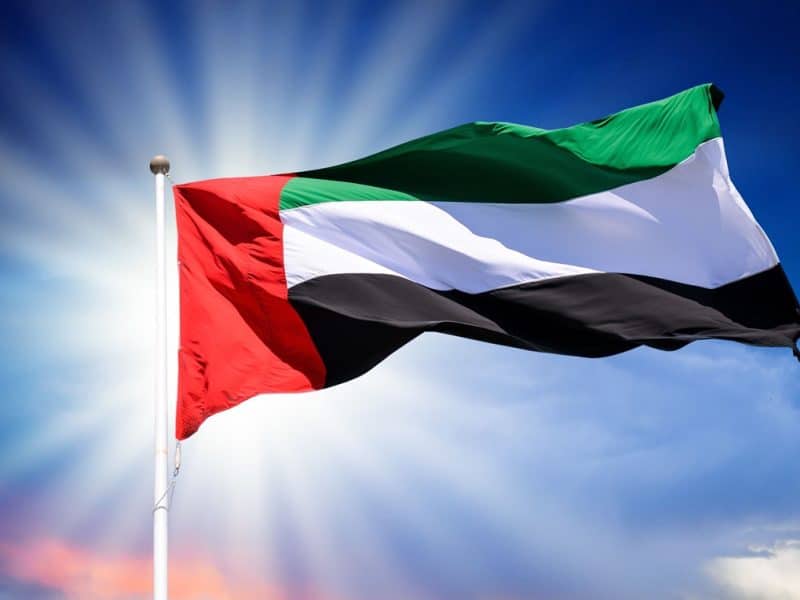Achieving work force gender equality in the Middle East, North Africa, Afghanistan and Pakistan (MENAP) region could translate to nearly $1.9 trillion in additional economic output by 2040, a new report from consulting giant McKinsey has found.
But to achieve this, governments and large institutions must commit to include women in the workforce.
Across the Gulf, especially in Saudi Arabia and the UAE, governments have taken steps to boost the number of women in the workforce as well as the number of women in leadership roles. In the UAE, updated legislation mandates that at least one woman sit on the board of listed companies.
To achieve gender parity, country-specific inclusion commissions at the highest level of government can ensure society and the workplace are more gender inclusive, the report titled Opportunity Youth found.
“Commissions can help women get equal access to social- and work-life opportunities and raise awareness to change mindsets around women’s disproportionate unpaid care-work burden,” the authors wrote.
Within organisations, flexible work helps create a more supportive environment for female workers, with the potential to alleviate around 60 percent of the issues that stop women from participating in the labour force.
Fahad Kazim, partner, advisory and head of Emiratization at KPMG Lower Gulf told Arabian Business previously that he’s seen how this flexibility has helped women within the organisation.
“[With greater flexibility] you are able to get the experience and exposure, and at the same time you’re also getting a bit of that flexibility of being able to command your own time,” Kazim said. “This is not only applicable to Emirati women, which it definitely is, but it’s applicable across the organisation.”
Although women make up nearly half of the region’s population, female participation in the labour force lags far behind that of men in the region and of women in other parts of the world, McKinsey’s report found.
Of the nearly 180 million women in the region aged above 15, only 37 million (approximately 27 percent) are active in the labour force, where for men the rate is around 77 percent. Female labour-force participation in the rest of the world is more than twice as high, at approximately 54 percent.




.jpg)




